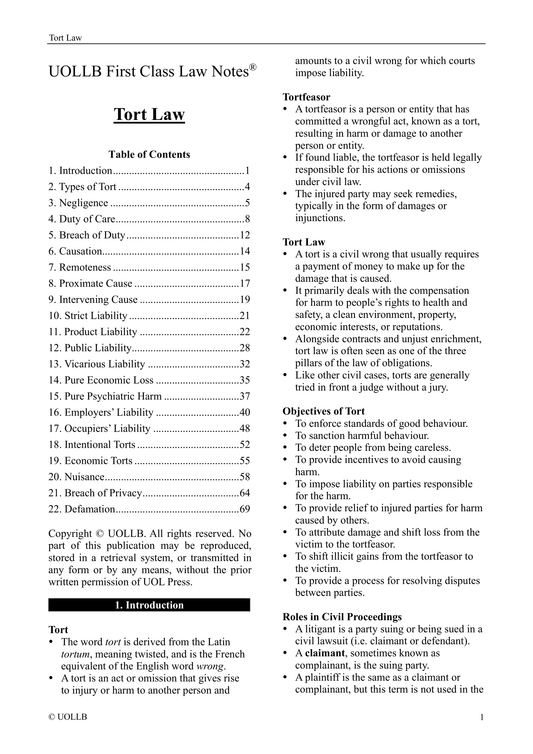BigLaw Firms
Share
BigLaw, also known as megafirms, is a colloquial term used to describe large and prestigious law firms that are typically characterised by their extensive size, global presence, high-profile clientele, and substantial billable rates. These firms often rank among the largest and most well-established in the legal industry. While the term itself does not have a strict definition, BigLaw firms share common characteristics that set them apart from smaller or boutique law firms.
Size and scale: BigLaw firms are known for their substantial attorney rosters, often numbering in the hundreds or even thousands of lawyers. They may have multiple offices across different cities, countries, or continents.
Global reach: Many BigLaw firms have an international presence, with offices in major financial and business centres around the world. This global footprint enables them to serve multinational corporations and handle complex cross-border legal matters.
High-profile clients: BigLaw firms often represent Fortune 500 companies, multinational corporations, government entities, and other high-profile clients. These clients have complex and high-stakes legal needs that require specialised expertise.
Practice areas: BigLaw firms typically offer a wide range of practice areas, covering everything from corporate law, litigation, mergers and acquisitions, finance, intellectual property, real estate, and more. They have the capacity to provide comprehensive legal services to diverse industries.
Prestige and reputation: BigLaw firms are often associated with prestige and reputation. They frequently top legal industry rankings, awards, and recognition lists, contributing to their overall stature in the legal community.
High billing rates: BigLaw firms are known for charging premium billing rates, often exceeding $750 per hour for their most experienced partners. These rates reflect the high level of expertise, quality of service, and resources provided by these firms.
Structured hierarchy: BigLaw firms typically have a formal and hierarchical organisational structure. Associates, partners, and of counsel attorneys play distinct roles within the firm, contributing to its overall functioning.
Resources and support: BigLaw firms often have extensive support staff, including paralegals, legal assistants, researchers, and administrative personnel, to provide comprehensive assistance to their legal teams.
Challenging work: Associates at BigLaw firms often engage in complex and high-stakes legal work. They may handle large-scale transactions, high-profile litigation, and cutting-edge legal issues.
Work-life balance considerations: While BigLaw firms offer significant opportunities for professional growth and advancement, they are also known for demanding work schedules that may impact work-life balance.
It is important to note that while BigLaw firms offer numerous benefits, they may not be the ideal fit for every attorney or legal professional due to their demanding expectations and competitive environment. Some legal practitioners may opt for alternative career paths or smaller law firms that align more closely with their personal and professional goals.




























































